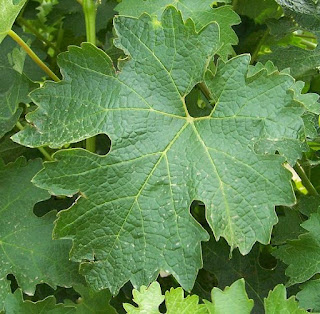Although an arcane skill, ameplography was once part of the core playbook of viticulturalists since it was essential to confirming that the clippings/roots for replanting and grapes/vine samples were what the grower claimed they were. As you can imagine, DNA technologies (specifically, "DNA fingerprinting") have made grapevines more easily and confidently identifiable with quick and harmless sampling and remote testing. Ampelography, therefore, is dying off.
Despite its decline, ampelography is still incredibly useful especially for wineries that source their grapes (i.e., don't own/know the vineyard intimately). When it's picking day and Gary the Grower, for example, decides to give you a different subplot and asks if it's okay, it's critical to ensure you're getting the grape you ordered and not some other careless planting. I'm glad my co-founders Corinne and Katie paid attention in ampelography class at Davis, because I was helpless in the situation.
Top photo below is our Verdelho leaf and middle is our (replacement) Carignan. Even though we don't produce it, I included a Cabernet Sauvignon at the bottom for reference - you can see how difficult it might be to make a confident identification even vs. the Carignan (not a particularly difficult comparison) especially for a novice on the fly!
Sources: Wikipedia, GuildSomm




Great post,Tyler-great thanks.
ReplyDelete